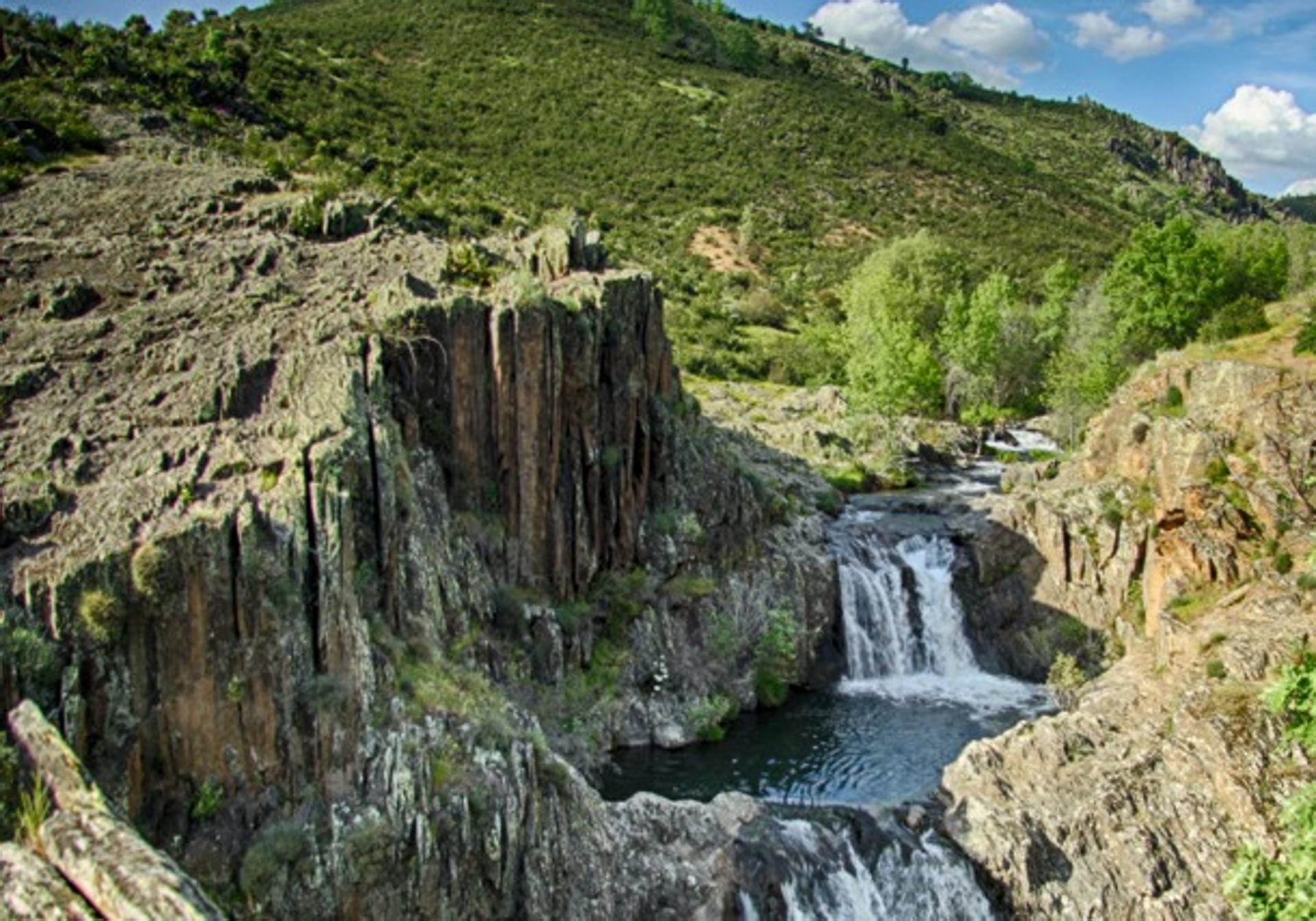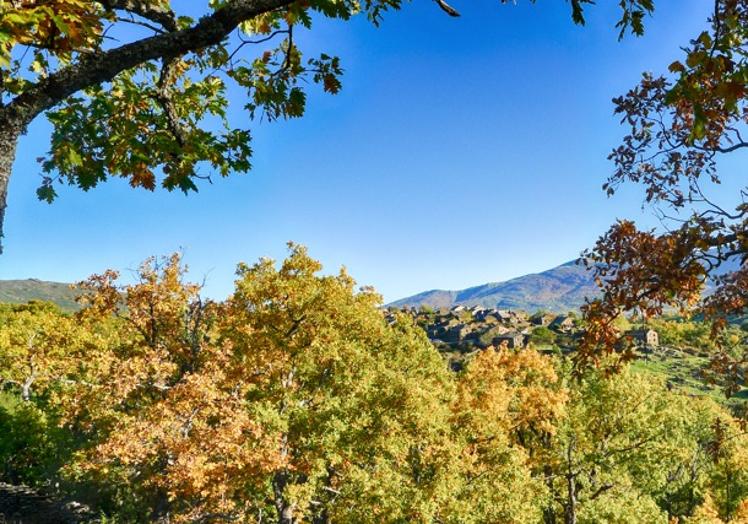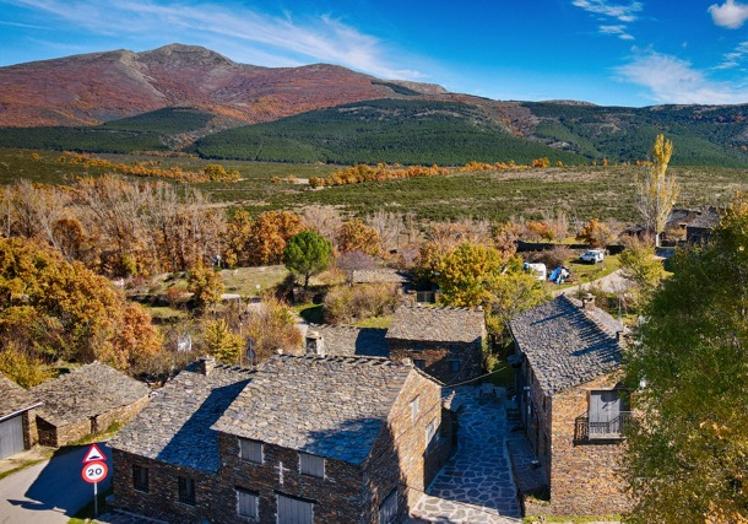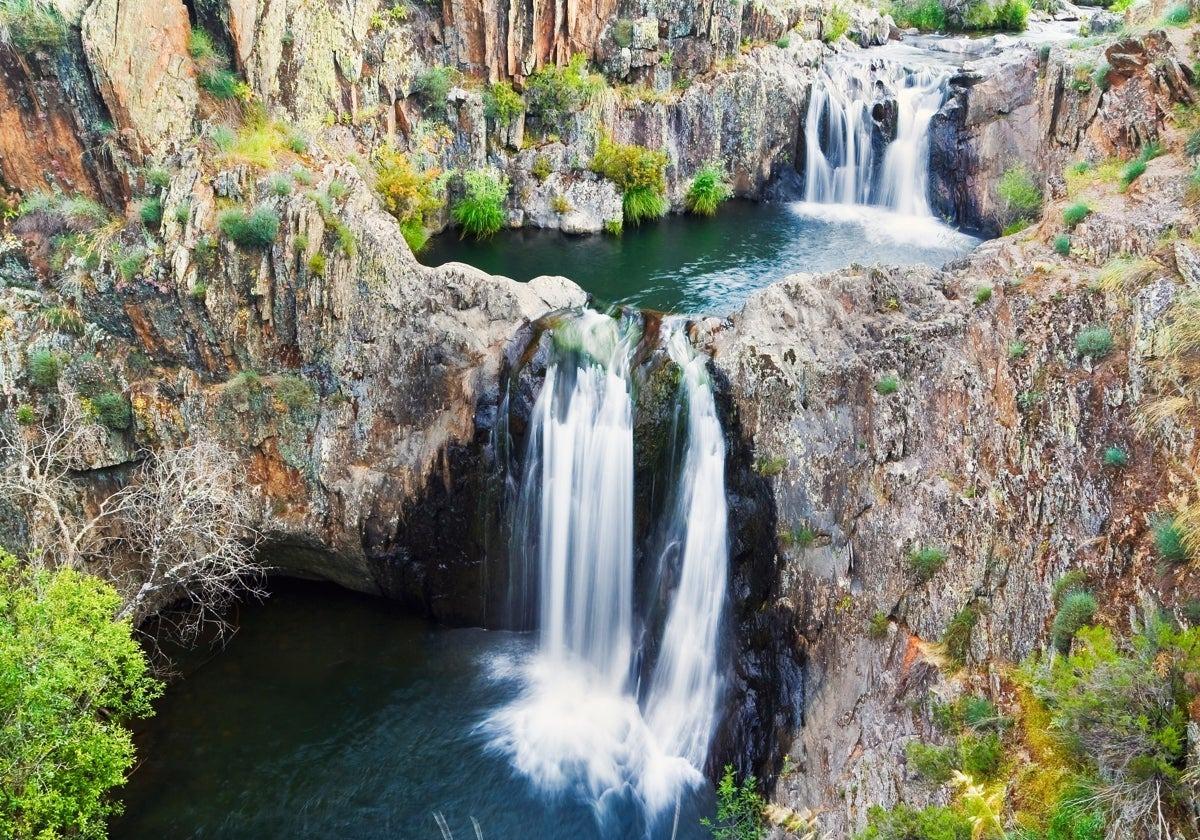Natural waterfalls in central Spain that look like they are from another planet
In the Sierra Norte Natural Park in Guadalajara, less than two hours from Madrid, are the Aljibe waterfalls, also known as the 'pools of Mars'
Rocío Jiménez
Monday, 2 June 2025, 18:29
After the heavy spring rains, now is the best time to discover some of Spain's natural treasures, such as the waterfalls of Aljibe - natural pools that look almost as if they were from another planet due to their reddish surroundings and the colour of the water at certain times of the year. For this reason, they are often called 'Las Pozas de Marte' ('The Pools of Mars').
A little less than two hours from Madrid, in the province of Guadalajara, we can find these waterfalls that are formed by the Soto stream, as it crosses over quartzite crags near its confluence with the Jarama river. With a total of 12 metres in height (the first is between three and four metres, while the second is between seven and eight), the waterfalls are most abundant in water during the spring.
Those who are brave enough can even take a dip in the pools, but bear in mind that the water is quite cold. Everybody else can cross a small wooden bridge that is a little further up the stream to find different perspectives for the best photos.

To reach this beautiful natural enclave, where time stands still in peace and tranquillity, there is a circular hiking route suitable for all ages. Along the way, you can enjoy incredible panoramic views. The route has an ascent of 390 metres and the estimated walking time is about two hours.

Before embarking on this journey, you can visit the nearby Roblelacasa village - a hamlet of Campillo de Ranas, located on the northern slope of the Sierra de Ayllón. Although it is not so popular, its houses present one of the best examples of "black architecture" (slate-based architecture using dark, natural stone) in the whole region. Its most notable landmark is the single-nave church with an attached sacristy, slate eaves, and a porch supported by wooden log beams.
With that in mind, it’s time to set off on a circular trail of about 6.7 kilometres that runs from the aforementioned village to this natural spot within the Sierra Norte Natural Park of Guadalajara. The path winds through a sea of rockroses, oaks, and holm oaks, in an area frequented by griffon vultures, golden eagles, common buzzards, booted eagles and black kites, making the walk truly enjoyable. This route overlaps between Roblelacasa and near the Trillos Bridge over the Jarama River with the PR-GU 02 trail and the long-distance GR-60 path.

For those who wish to extend the route a little further, there is another option, which also includes El Espinar - another one of the most outstanding "black" villages in the area, located on a hill surrounded by ravines covered with lush vegetation, offering views of the Jarama valley. The church there is built with slate masonry and features a bell gable with a single bell opening.
This alternative route is 9.2 kilometres long, which extends the estimated time to three hours but, in return, offers panoramic views of the Ocejón peak - one of the most famous peaks in the province, which reaches 2,049 metres in height. The route to the peak starts from Valverde de los Arroyos.
